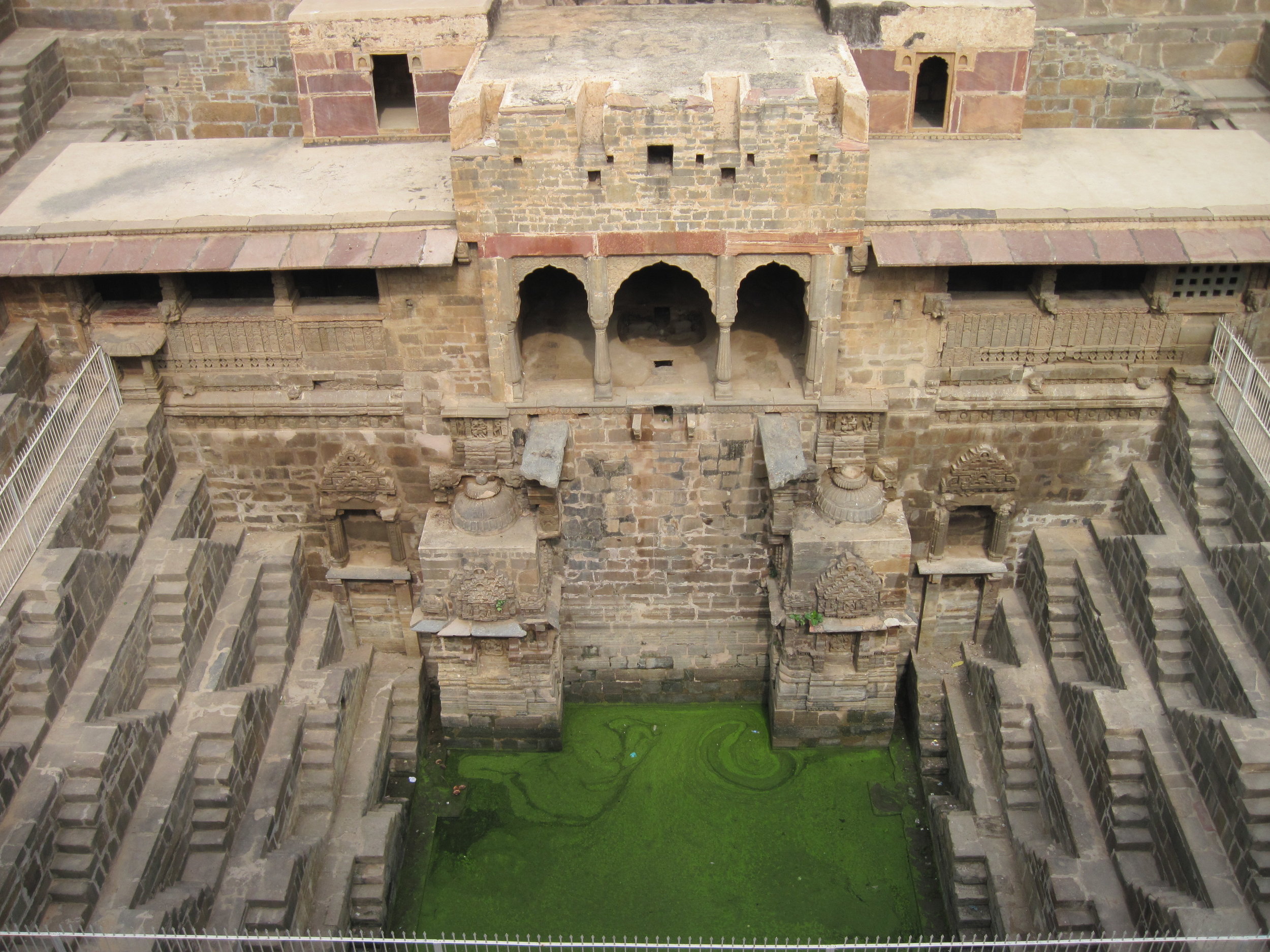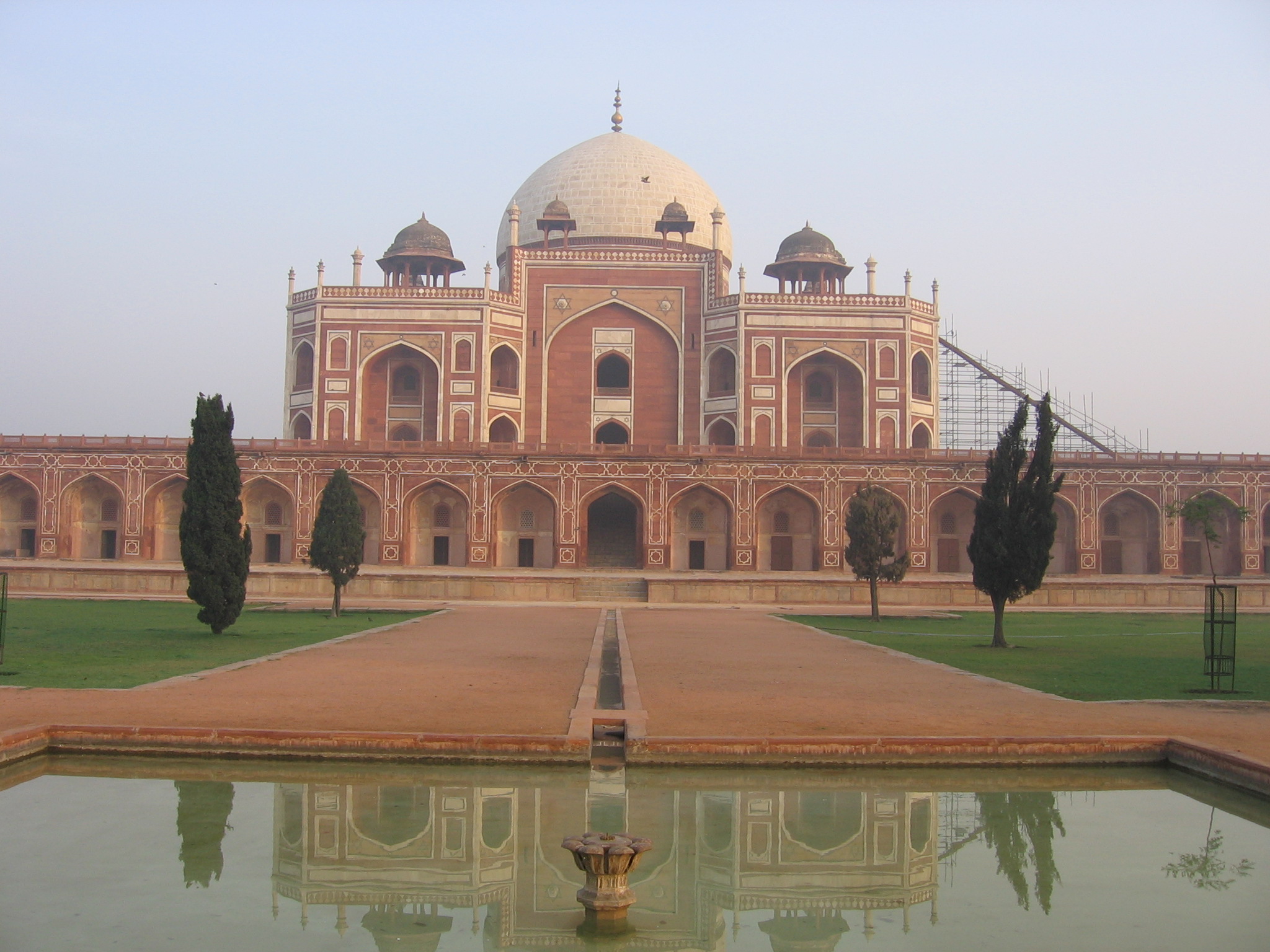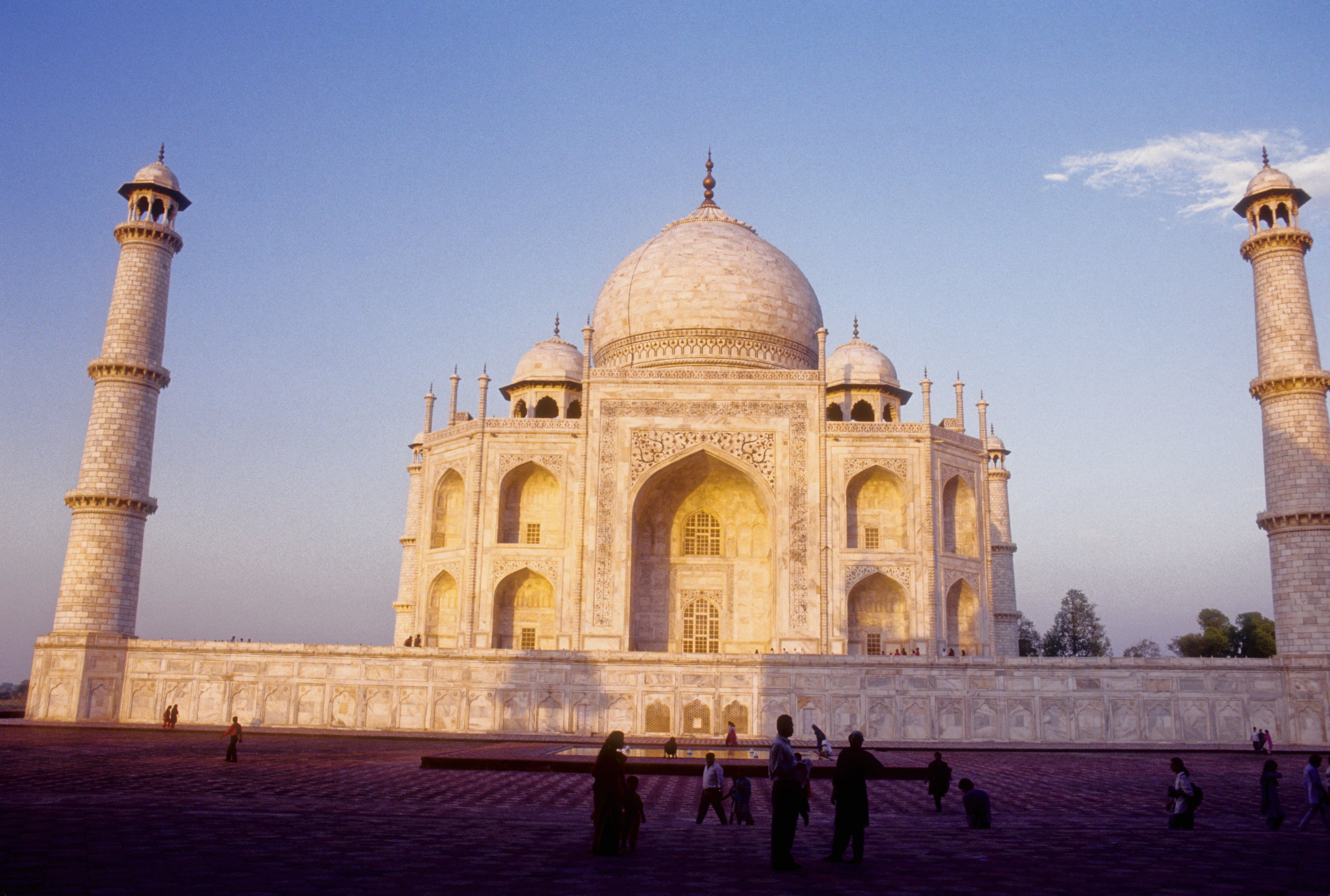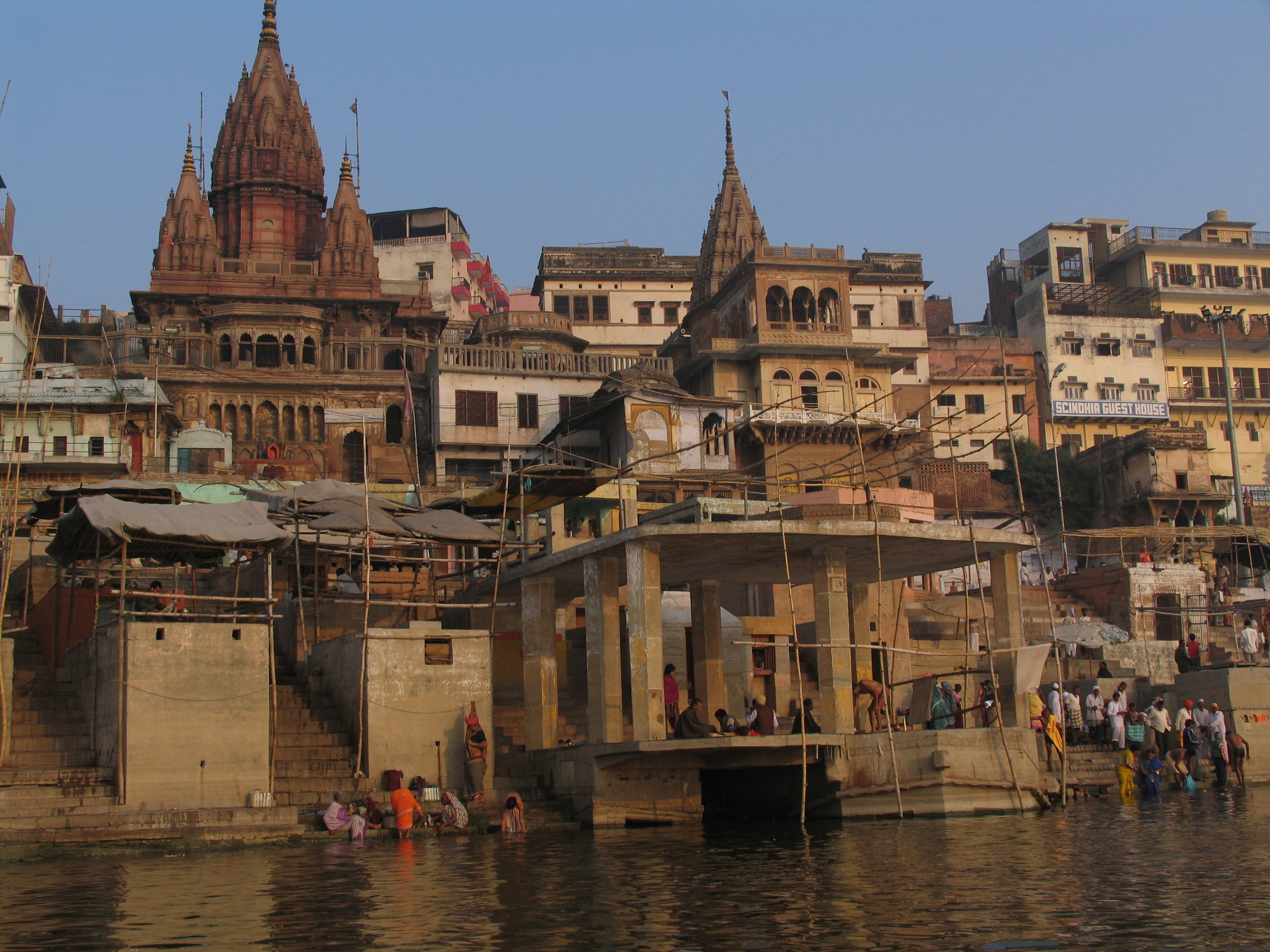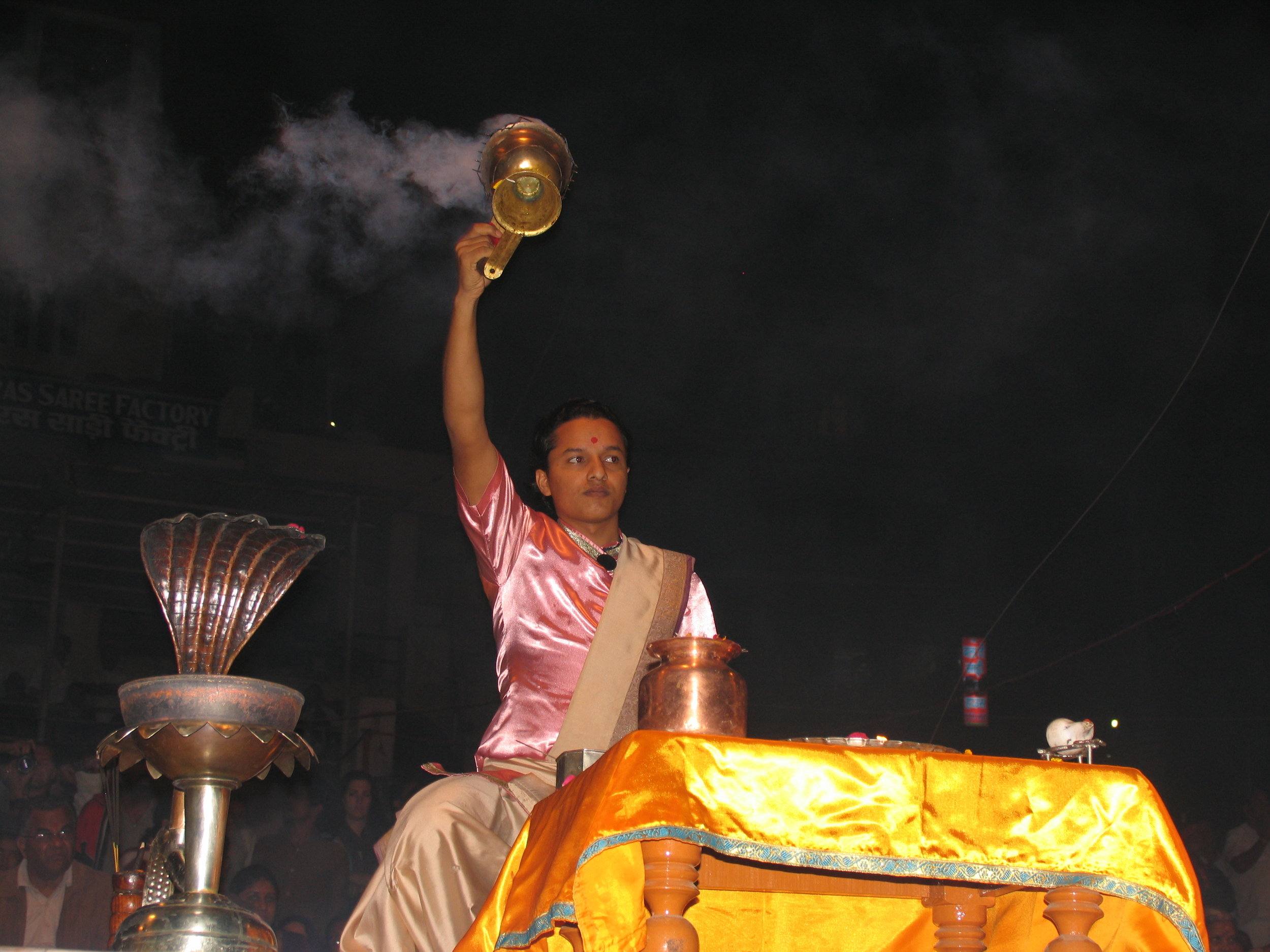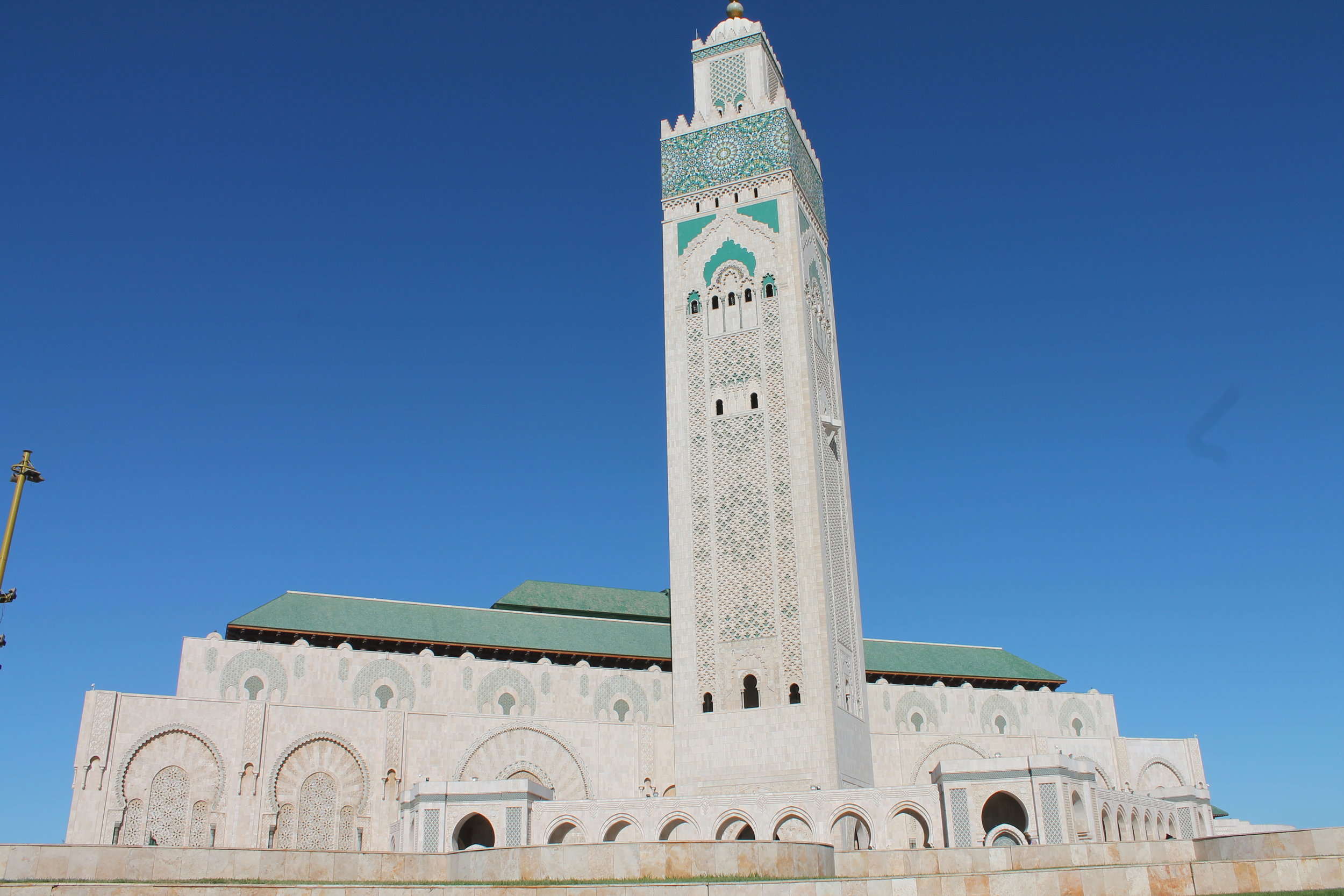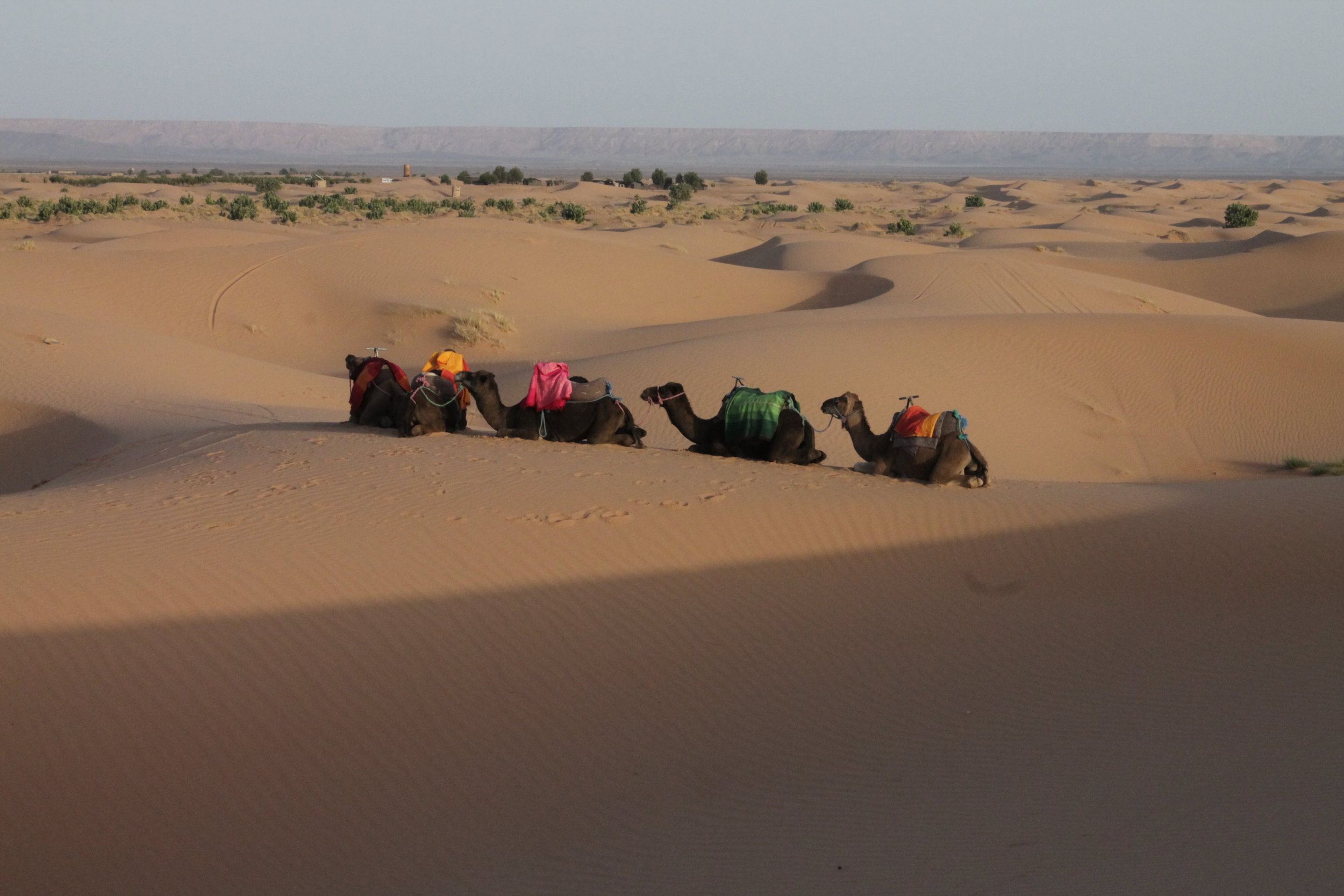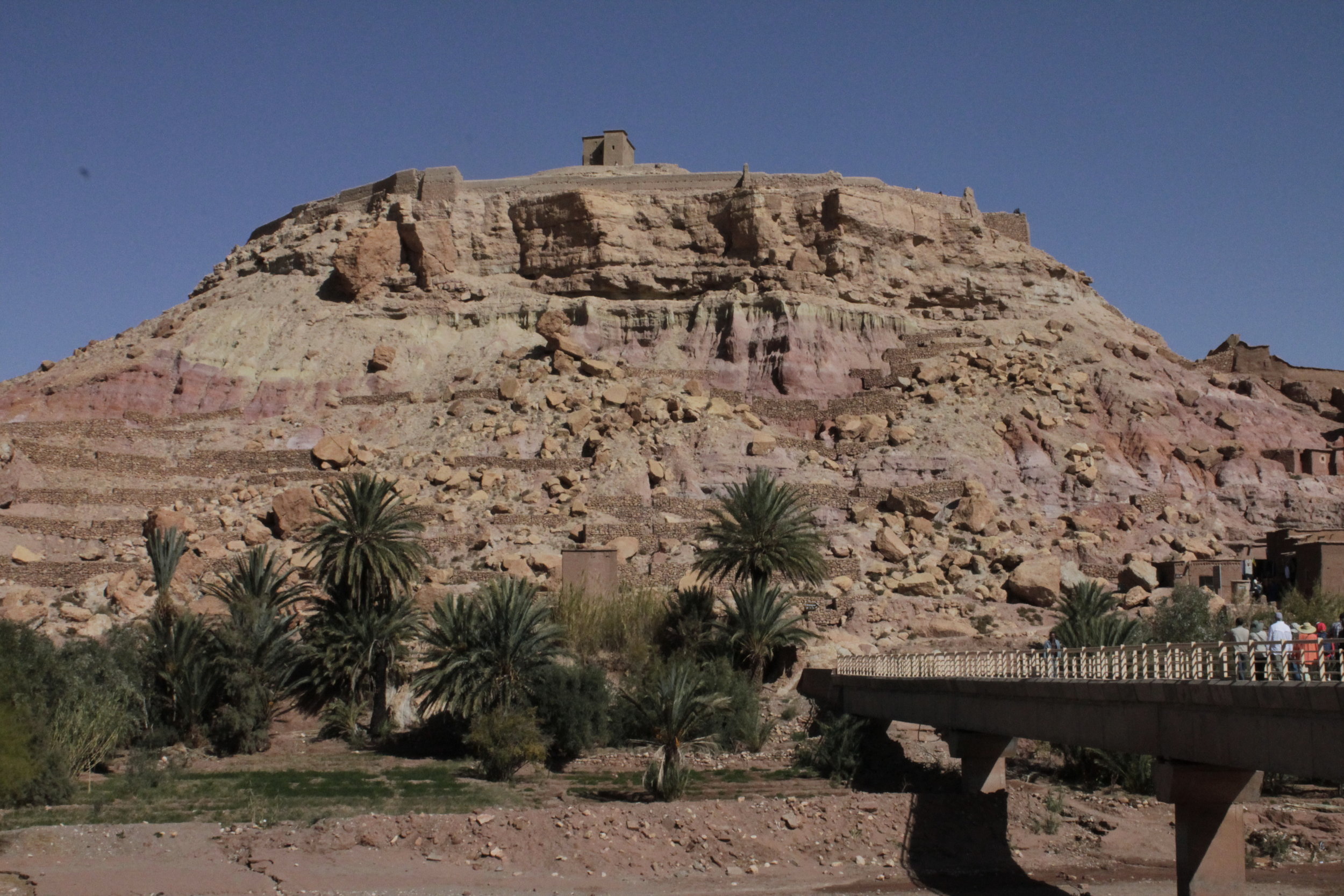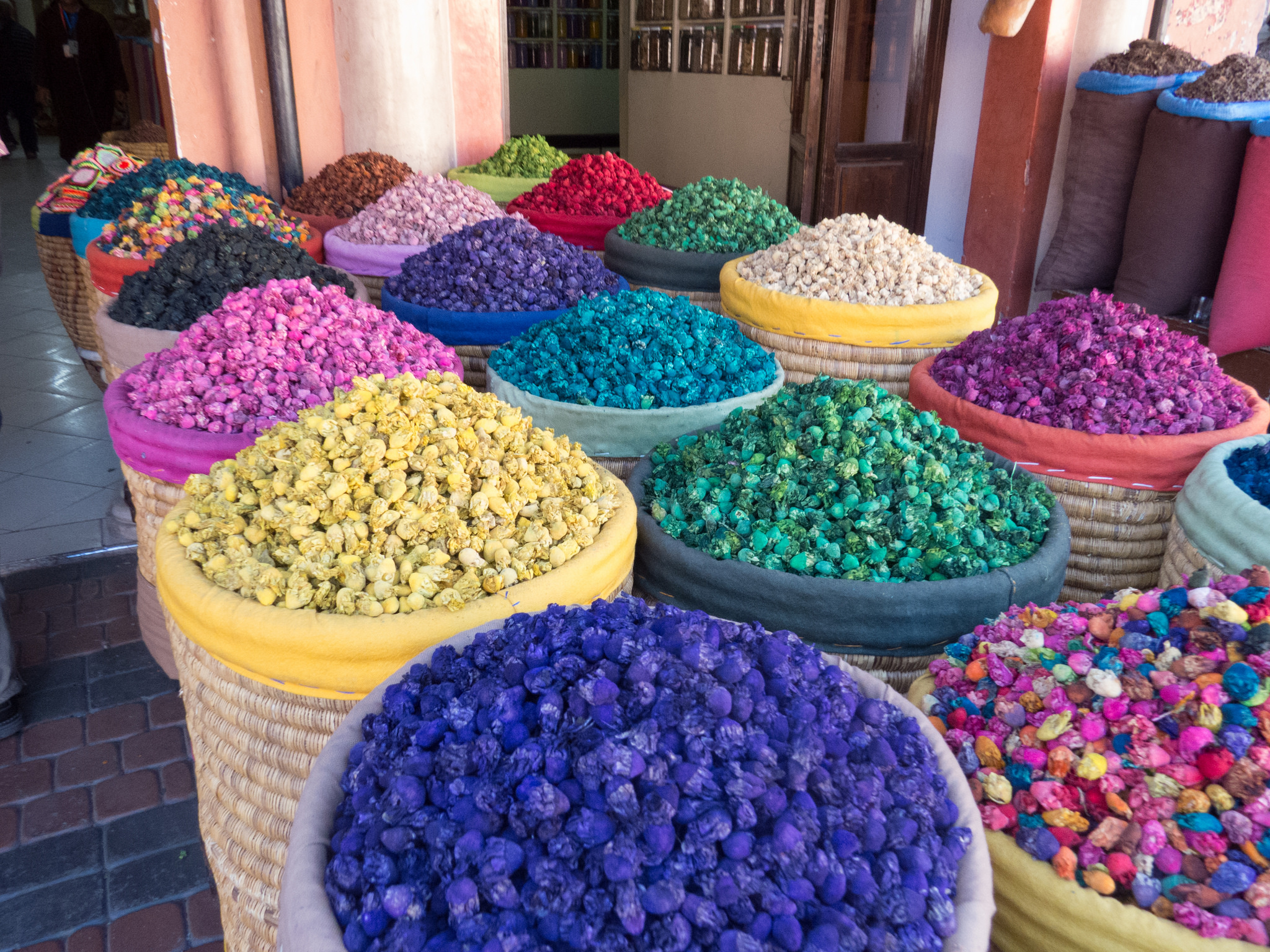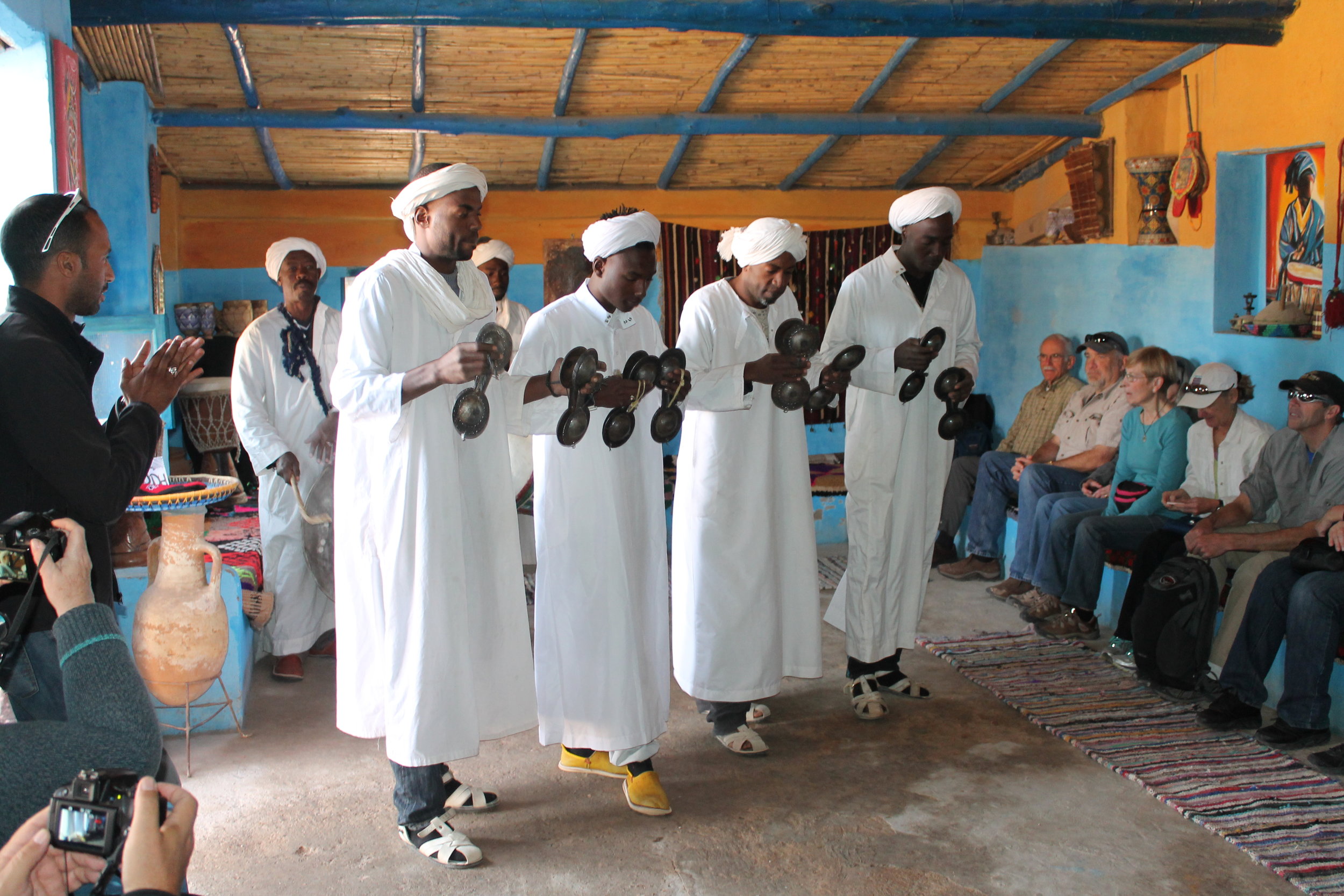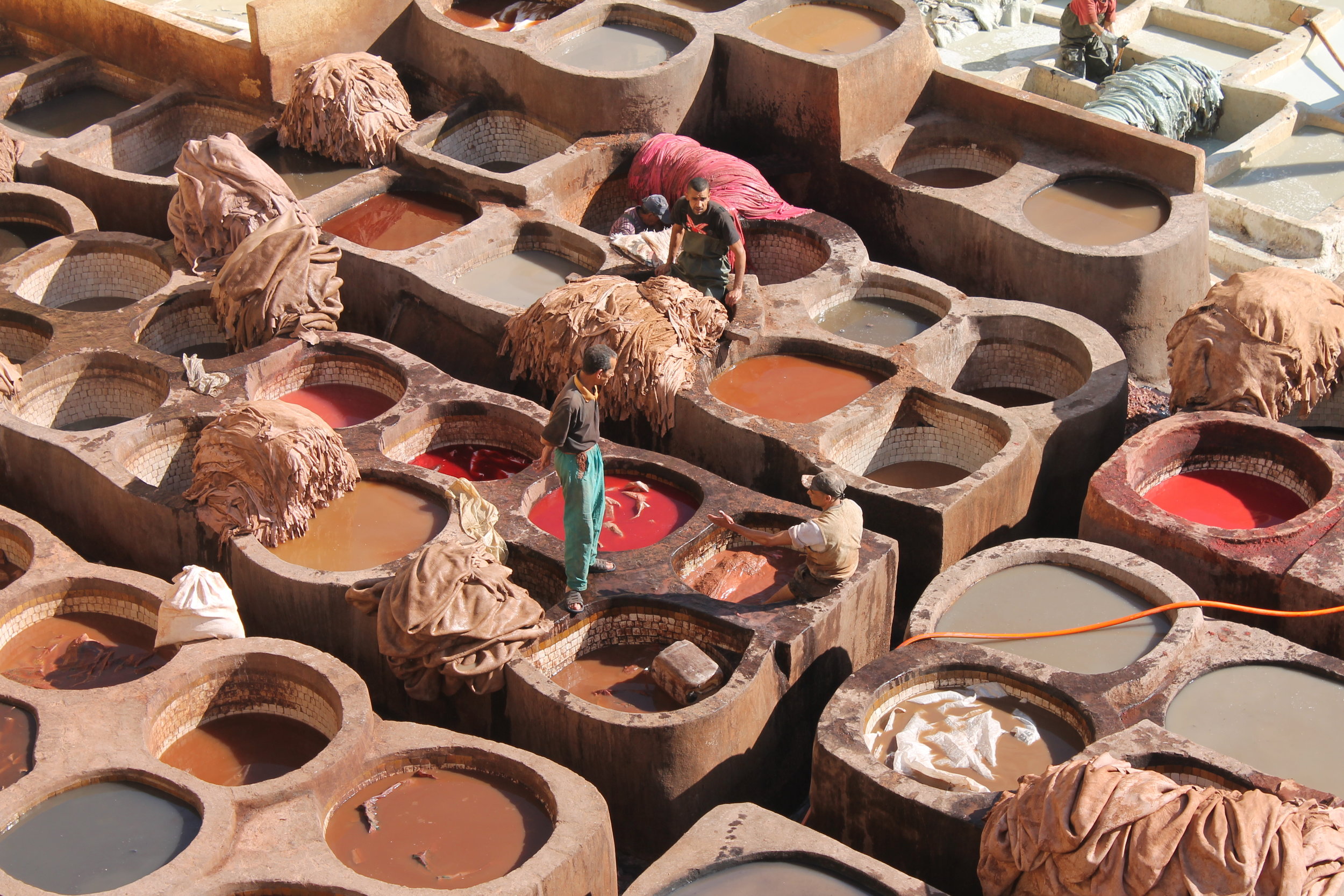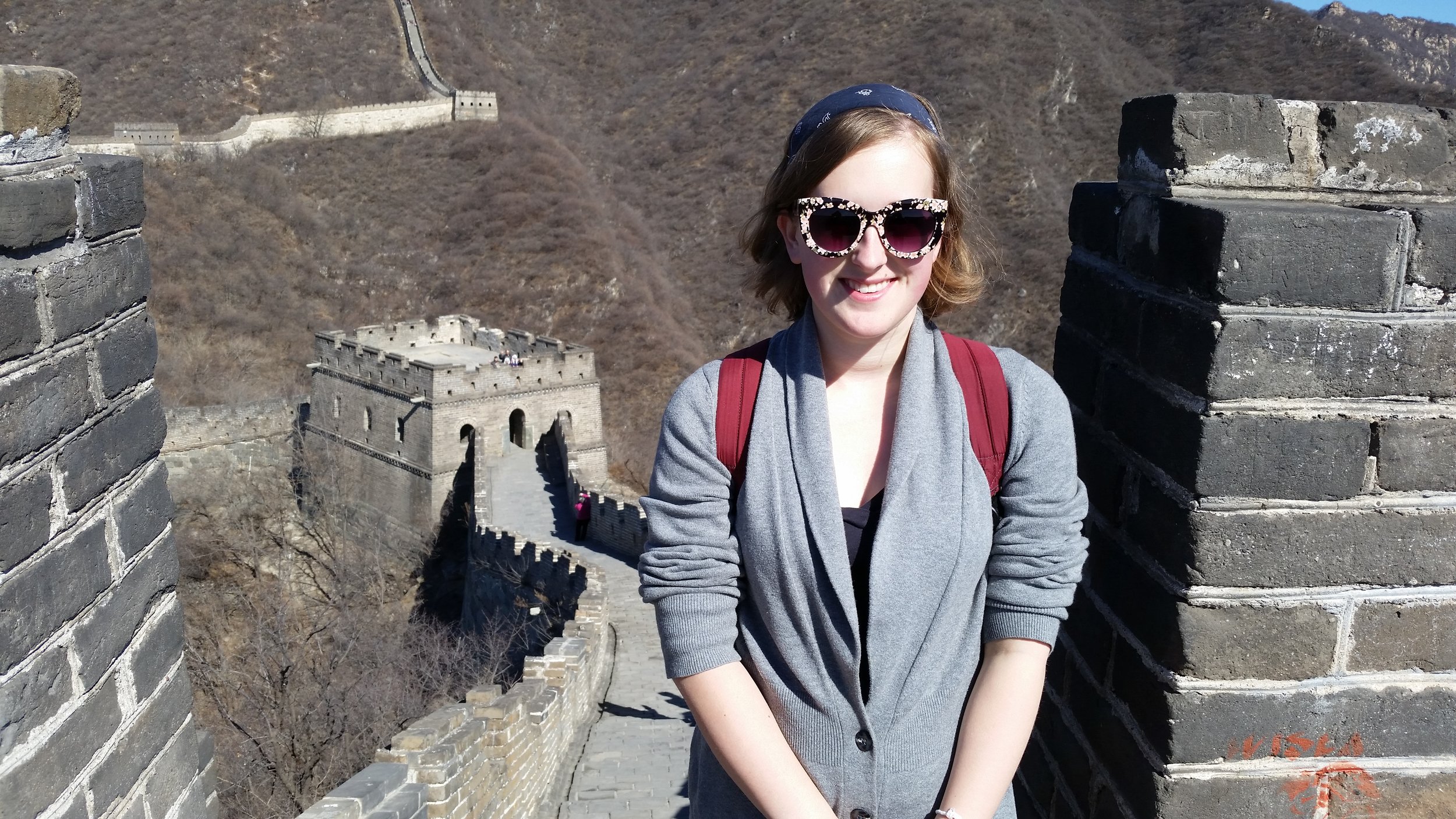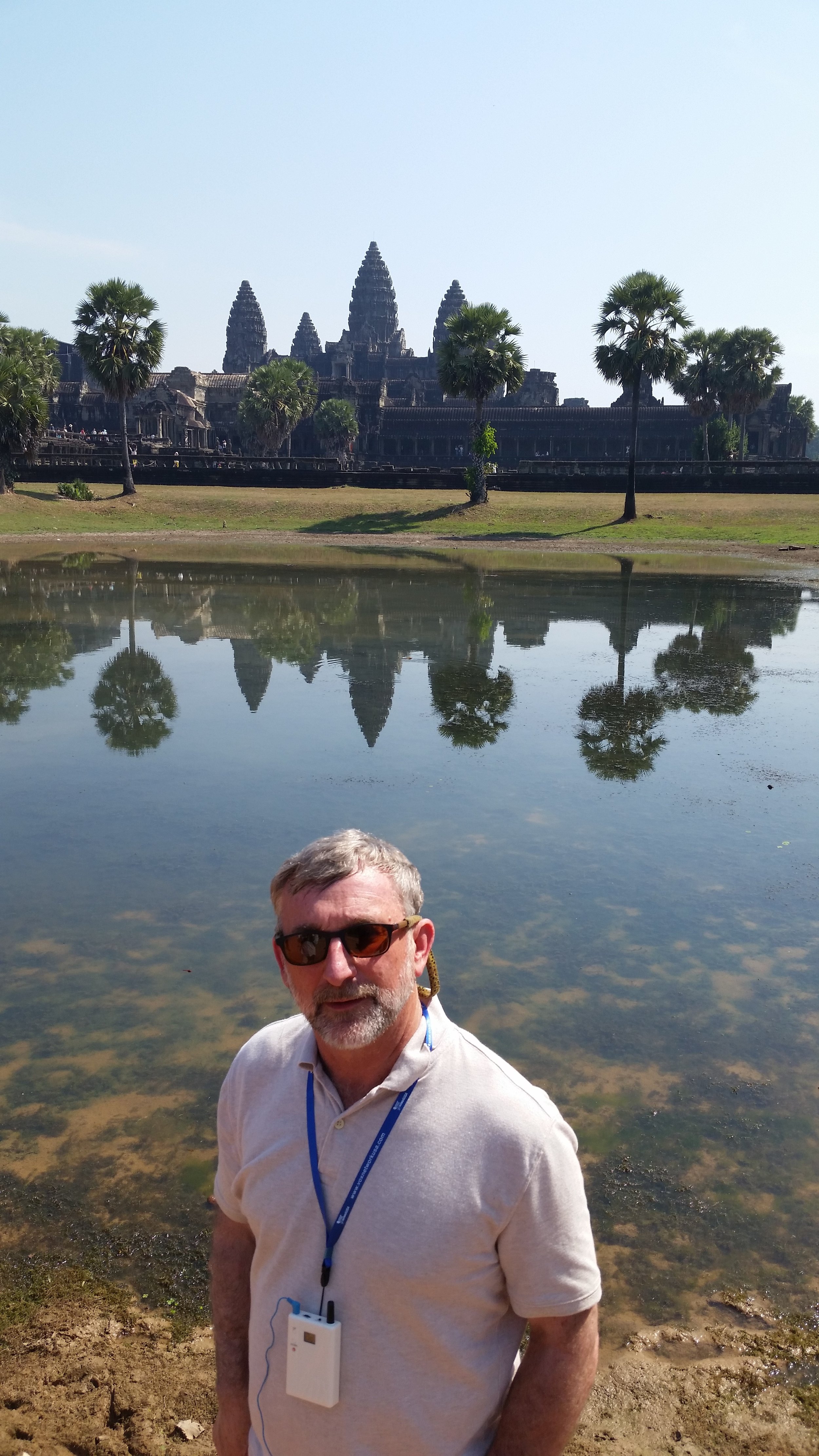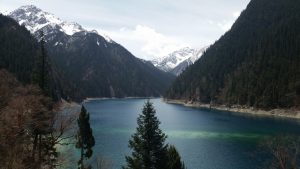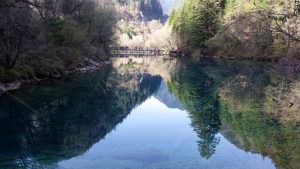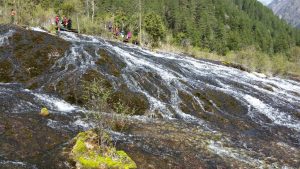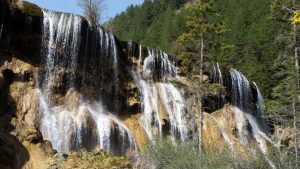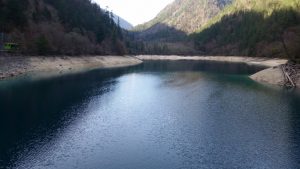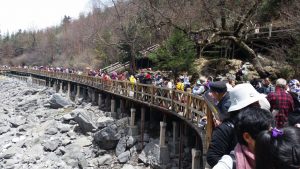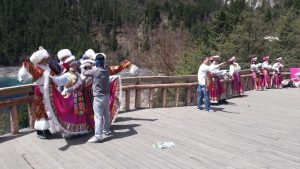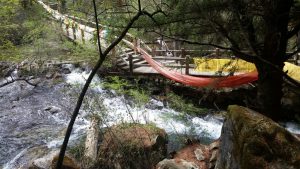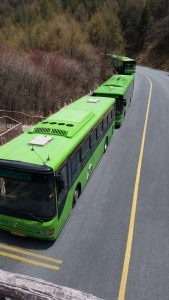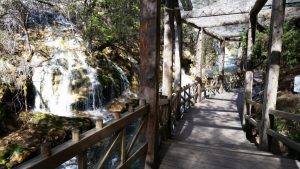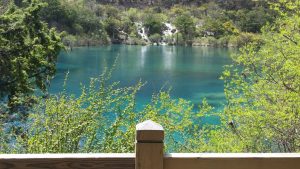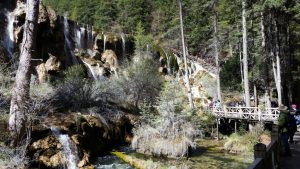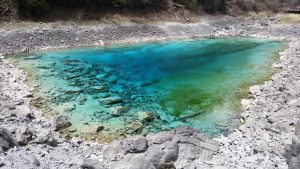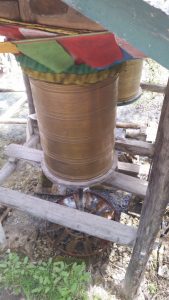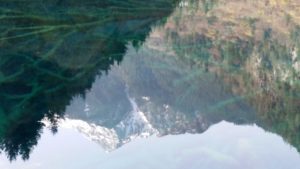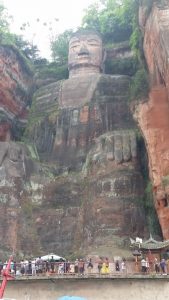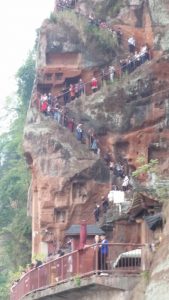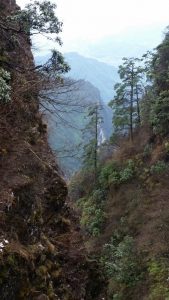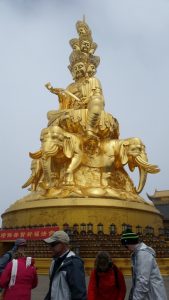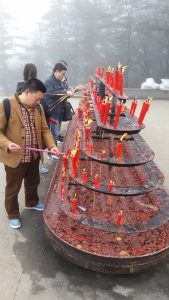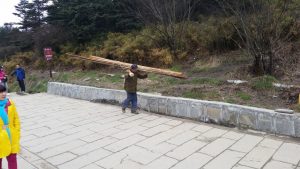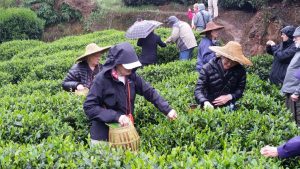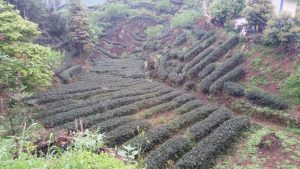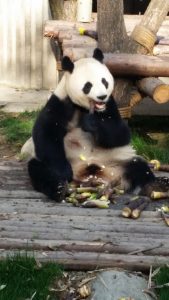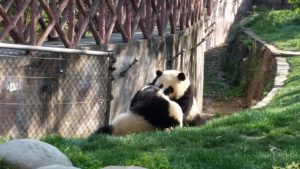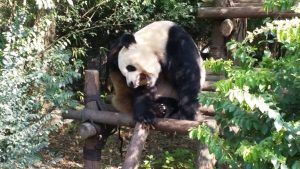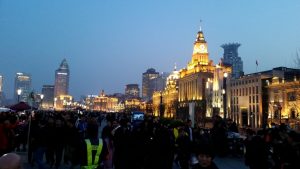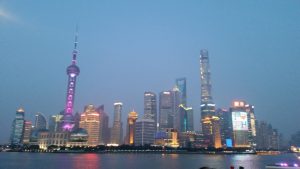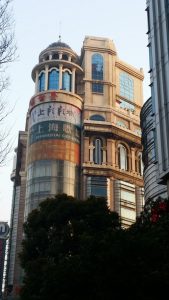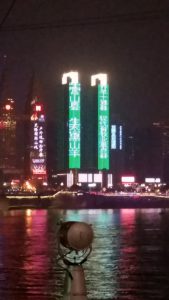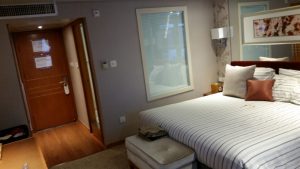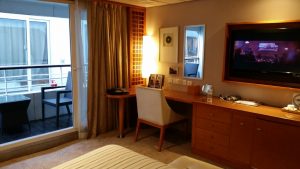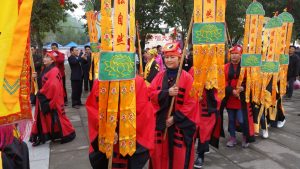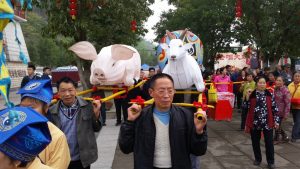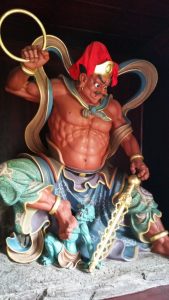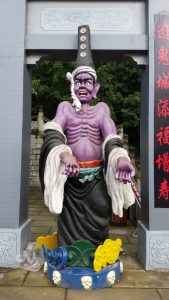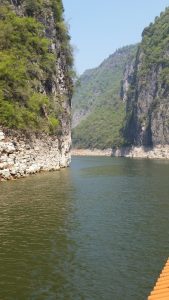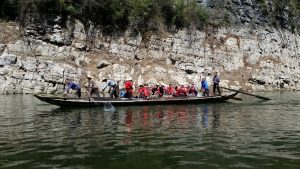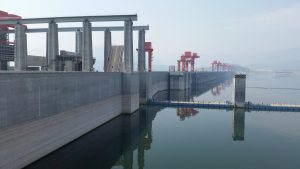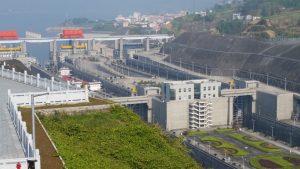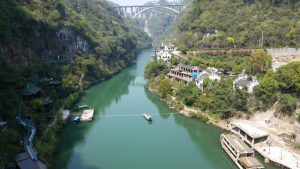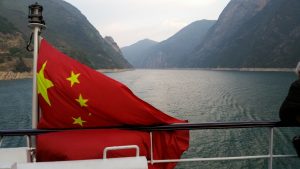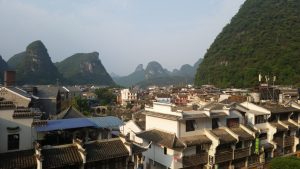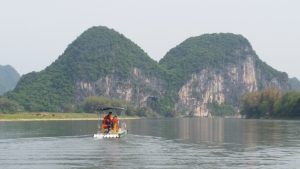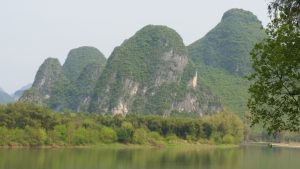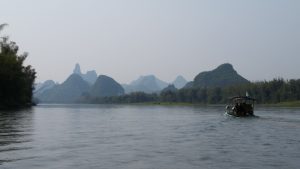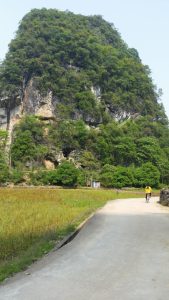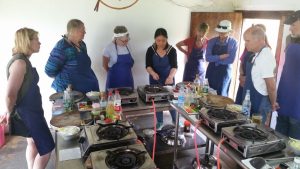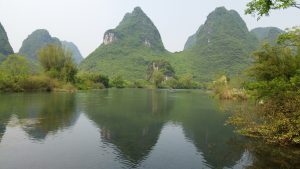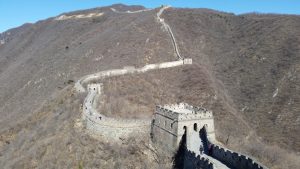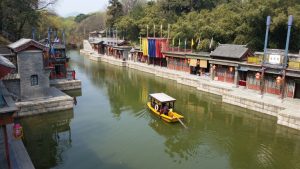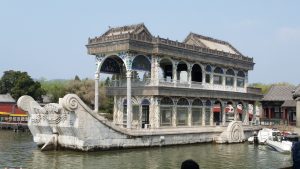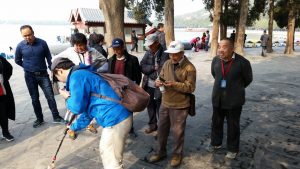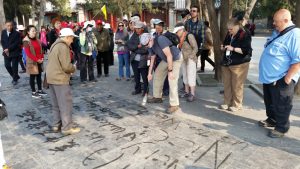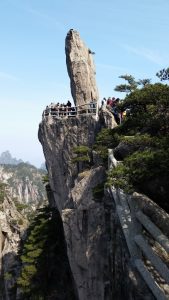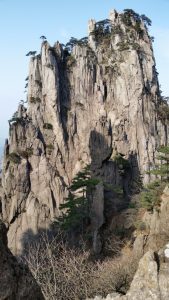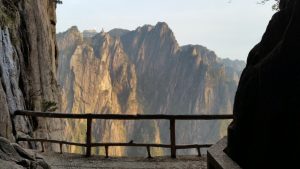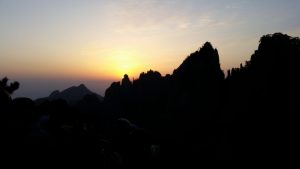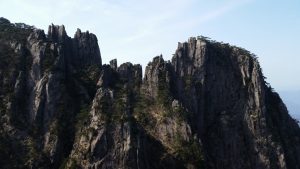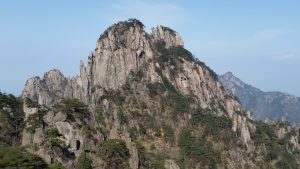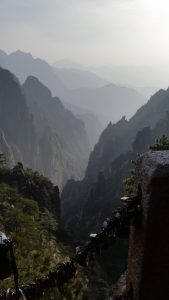Travel with Intent
Hello from sunny Estes Park Colorado. Our apologies for the long absence of communication as we transitioned to our new website. We believe we've gotten all the bugs worked out, but if you notice any typos, inconsistencies, or incorrect facts, please let us know. Now that we have the website up and running properly, in addition to a monthly newlsletter, we will resume our blogging (when we have something worthwhile to share).
2017 was a busy and challenging year for Imprint Tours. We had a third tour of Thailand in February, a spectacular tour of China in March/April, a second Danube Cruise in September, and our second foray to the Indian subcontinent in November. We barely caught up before heading out to East and Southern Africa for three tours this early spring. The challenges included moving our offices to Colorado, staff health issues, one computer meltdown, and getting the new website launched. For those of you who might have experienced some of the ill effects of those challenges, we apologize one more time. But we have now increased our staff and implemented new systems to meet the challenges of growth and are ready for the future.
Meet the staff: Tammi is our new office manager. She worked for the Forest Service, home-schooled her children, and then opened a Montessori School in her Gunnison CO home. She brings thoroughness and an eye for detail to the organization of our office. My brother Neil has come on board to run tours, manage the website, develop an image sharing database, assist in marketing, and back up Tammi. His guiding debut was on the Danube Cruise last fall and he also managed the recent East Africa tour. Maia, whom many of you know, is still in school at Colorado State University but will continue to monitor our social media presence, assist on Imprint tours, and assist on administrative duties. Additionally, she has been hired to assist on Family Friendly tours at Rick Steves' Europe this summer. Reid's focus will continue to be tour development, marketing, and running as many Imprint tours as possible.
We have two new tours to announce: India and Morocco!
Next March, we are collaborating with Rick Steves colleague Chris Coleman on a yoga tour of India. Chris runs a yoga studio in Minnesota, has studied yoga in India, and has had a vision for taking her yoga students to India for some time. Although this tour has a yoga focus, it would still be a fantastic travel experience for anyone. The tour includes Delhi, Agra (Taj Mahal), Jaipur, and Varanasi - must see destinations on any India tour. Additionally, the tour has been scheduled to include Holi - India's Festival of Colors. Click here for more details.
In April of 2019 we'll be returning to Morocco. We find Morocco to be the perfect destination for experiencing the best of Islamic culture. It is moderate, safe, progressive, and on the rise. Not to mention, a country of great beauty, rich cultural heritage, friendly people, and fascinating sights. For this foray we are collaborating with another Rick Steves colleague, Sarah Murdoch. Check out her travel blog here. Sarah has already led an Imprint Tour of Thailand back in February, and is returning to Southeast Asia for us again next year, repeating Thailand and adding Vietnam. Morocco highlights include the Hassan II Mosque, the blue city of Chefchaouen, a camel trek among the dunes of the Sahara, and the mind-bending cities of Fez and Marrakech. For further details, click here.
And here is the rest of our tour line-up for the next 18 months:
Greek Islands Sept 12 - 23 FULL (waitlist)
Peru Oct 20 - Nov 2 (possible $500 discount available)
2019
Vietnam Feb 4 - 16
Thailand Feb 17 - Mar 2
New Zealand Mar 4 - 17 FULL (waitlist)
India Yoga Tour Mar 11 - 24
Morocco April 14 - 26
Not yet published on the website: Rhone River Cruise Oct 10; Guatamala – Nov (both with Steve Smith)
Patagonia – date TBD (late 2019 or early 2020)
Possible 2019 or 2020 additions: Bali & Iceland
If any of these tour destinations capture your travel imagination, send us an email and we’ll add you to their tour-specific mailings. info@imprinttours.com
NOTE: We just made the decision to return to Egypt/Jordan (with an optional extension to Israel) in March of 2020!
Other future projects include: Ecuador & Galapagos (2020); China Off the Beaten Track; Volga River Cruise; Southern India; French Canal barging
Regular destinations we will be repeating soon include: Greek Islands (bi-annually); Thailand (annually); China; Danube River Cruise; Africa
You might also like to follow our Instagram and/or Facebook postings.
Lastly, if you are in the Seattle, Phoenix, or Denver area, and would like to join in on one of our potluck gatherings, we’d love to have you join us. We do a couple per year and all who love to travel are welcome. Let us know and we will add you to those mailings. info@imprinttours.com
Best, The Imprint Team (Reid, Neil, Tammi, and Maia)
Maia on the Great Wall last year.
Neil at Angkor Wat.




